A look at the future of mobile energy storage
Everyone is talking about battery technology at the moment, and the 2019 Nobel Prize for Chemistry was even awarded for battery research. Mobile energy storage has already provided new opportunities in all areas of life – from mobile phones to electric vehicles and even medical applications. So let’s take a quick journey through the rapid development of lithium-ion technology, look at upcoming trends and ask whether sneakers really need lights.
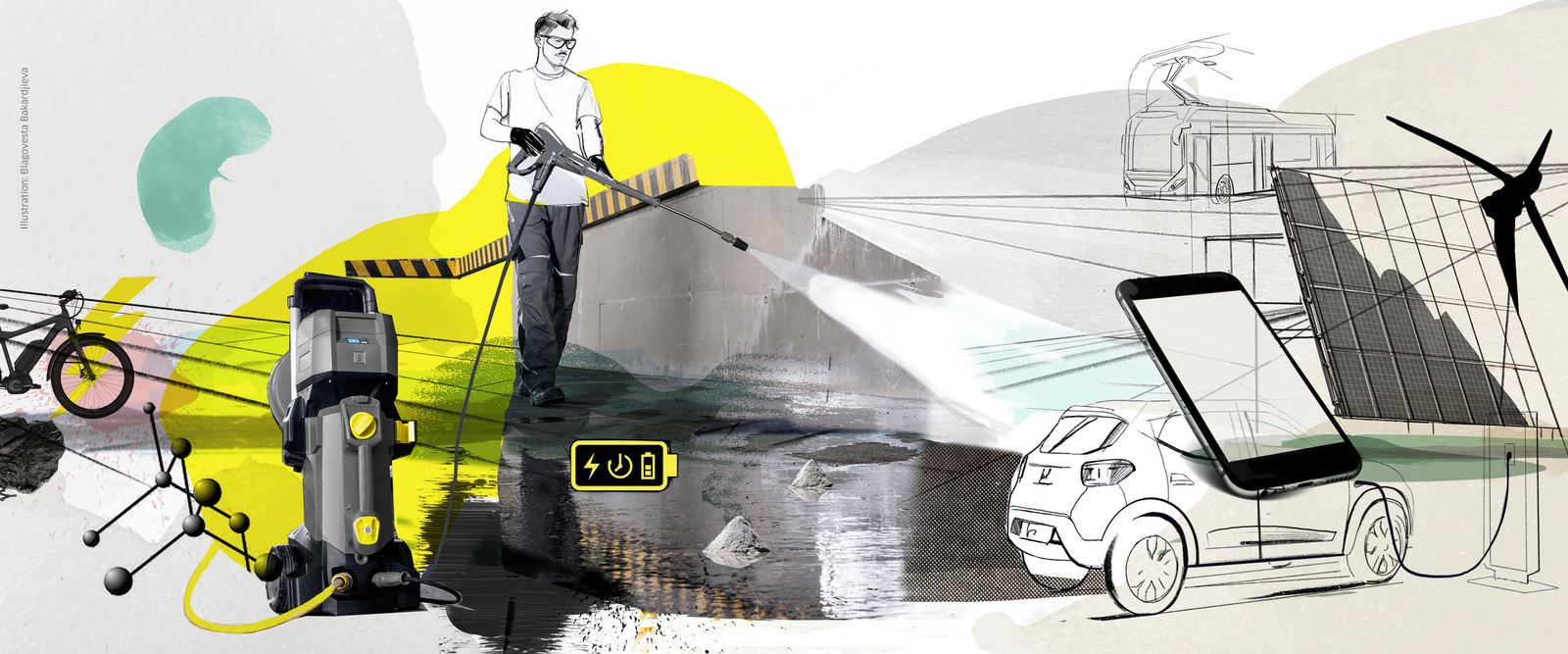
A global research success story:
the victory of the lithium-ion battery
Throughout history, technologies have popped up which have a profound impact on human life – the lithium-ion battery is one of them. The initial driver of this technology came from the electronic entertainment devices of the 1970s, when the search began for an alternative to the disposable batteries used in Walkmans. It was quickly recognized that lithium-ion batteries had great potential because they are energy-dense, compact in size and are not susceptible to the memory effect. There were problems though: they were highly flammable and prone to short circuits inside the cell. Scientists had to address these problems and, to an extent, they are still doing so. A decisive breakthrough came along in the form of research by John B Goodenough (USA), M Stanley Whittingham (UK) and Akira Yoshino (Japan), who received the 2019 Nobel Prize for Chemistry. The first rechargeable lithium-ion batteries were manufactured in 1983, and they were launched to market by Sony in 1991. Since then, they have been unstoppable, as proven by the statistics: in 2019 the global market was worth approx. $40 billion. This is expected to grow to $60 billion by 2022.
From music to mobility to industrial cleaning:
batteries improve systems in all kinds of places.
Consider your mobile phone, digital camera, laptop or torch: barely any electronic gadget exists that is not run on lithium-ion batteries these days. This technology is lighter, smaller and provides a higher capacity and performance than standard nickel-cadmium or nickel–metal hydride batteries. This is a significant factor for practical devices such as power tools, gardening equipment, vacuum cleaners and the like – in both domestic and commercial environments. Electromobility is another hot topic. Lithium-ion batteries can be interconnected, meaning several can be connected together to form a power pack. This technique is used in all kinds of vehicles, from electric bikes, electric scooters and Segways to hybrid and electric cars and buses. Even in photovoltaics, lithium-ion batteries have proven themselves useful for energy storage due to their compact size, long life and lack of maintenance requirements. A domestic lifespan of 6,000 cycles is standard, adding up to about 20 years – roughly the same as a photovoltaic system.
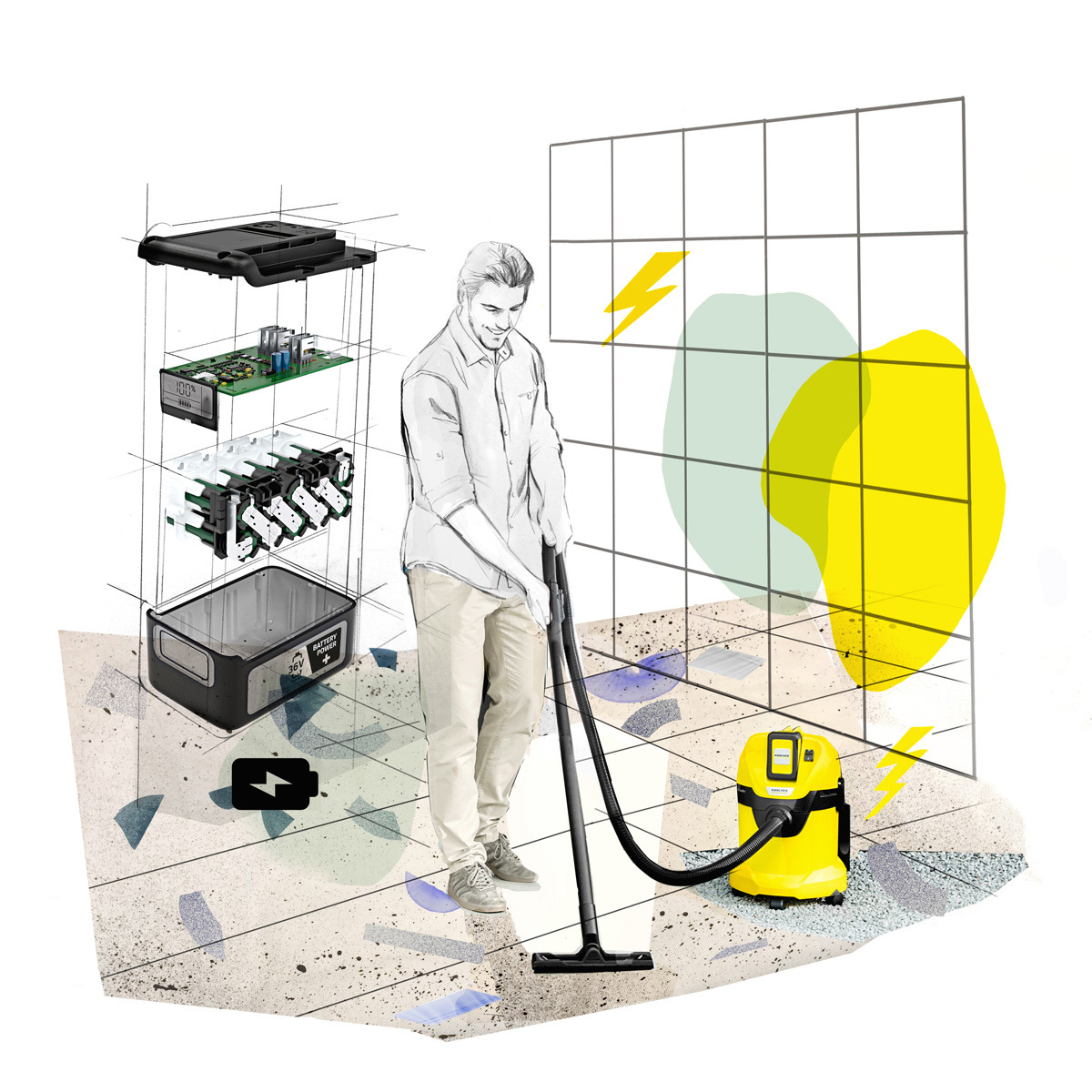
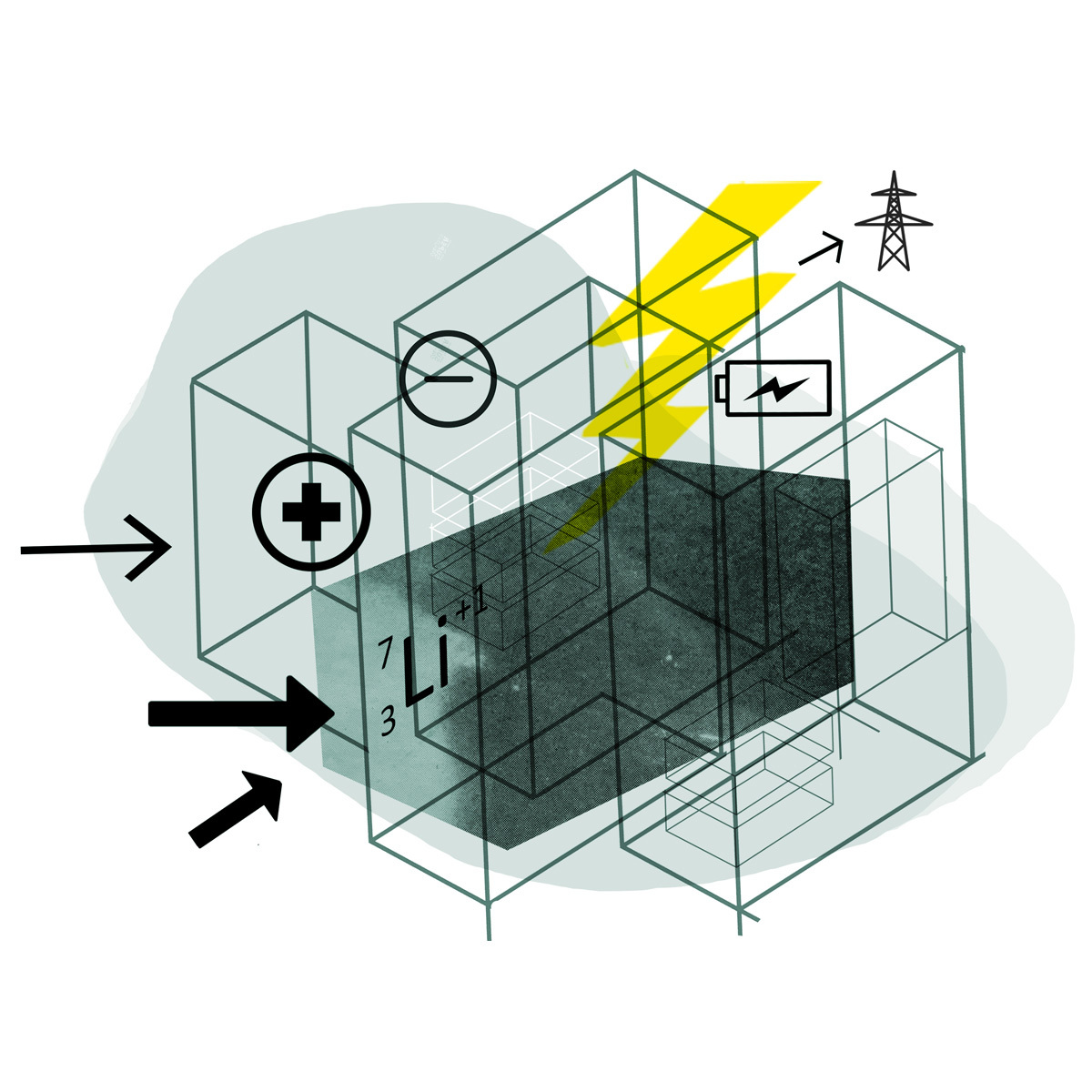
Today: lithium ions. Tomorrow…?
Where are we heading?
Lithium-ion technology is everywhere these days and has made sustainable solutions possible in some areas. It would be hard to replace. However, electromobility is one driver that is increasing the demand for energy storage so dramatically that this technology will probably not be able to meet that demand on its own. Not to mention issues like higher performance and shorter charging cycles, which may be better tackled using other technologies, even though there is still some potential for development in lithiumion cells. Finally, the availability of the raw materials – primarily cobalt and lithium – will become problematic in the medium term.
The search for alternatives is therefore well underway. One option is the solid-state electrolyte battery, which contains no fluids, just a solid-state electrolyte as the electrical conductor. It is expected to achieve a range of at least 310 miles for electric vehicles and charge in just minutes. Current research is focusing on materials and manufacturing techniques. Another option is the magnesium battery, which is expected to be more powerful, cheaper and safer than current lithium-ion batteries. Not to mention that magnesium is a thousand times more common than lithium as a raw material. And it is easier to recycle.
Do we need batteries everywhere?
Sustainability and recycling options.
From a sustainability perspective, there are pros and cons to lithium-ion technology. On the one hand, it is used for purposes such as electric vehicles and energy storage for power from photovoltaic systems – key steps towards a more environmentally friendly future. On the other, batteries are currently being used with very few restrictions – even tennis shoes and sweaters have lights now and straws are decorated with LEDs! This runs contrary to our progress towards a responsible use of resources. Recycling is a further issue as current methods are insufficient to deal with the high number of vehicle batteries out there.
It is predicted that cobalt and other materials will be in short supply soon, so solutions are in the works. Thermal fusing, for example, can be used to recover cobalt, nickel and copper. Another approach is to shred the highly flammable batteries in a nitrogen atmosphere. What remains is shredded material, from which we can recycle graphite, manganese, nickel and cobalt. The battery can then be reproduced with a carbon footprint 40% lower than manufacturing a new battery from scratch. There are many other variations on the theme but the goal is the same – conserve energy and reuse the greatest possible proportion of the raw materials.
The Second Life scheme has a different approach, using old batteries for stationary energy storage. The batteries in electric vehicles no longer perform well enough to meet range requirements after eight or nine years so they have to be replaced – but they still work. Various car manufacturers therefore intend to use these batteries with reduced charging capacity in a large stationary energy store.
There is a lot going on in battery technology, and the journey into the future will be one thing in particular: exciting.
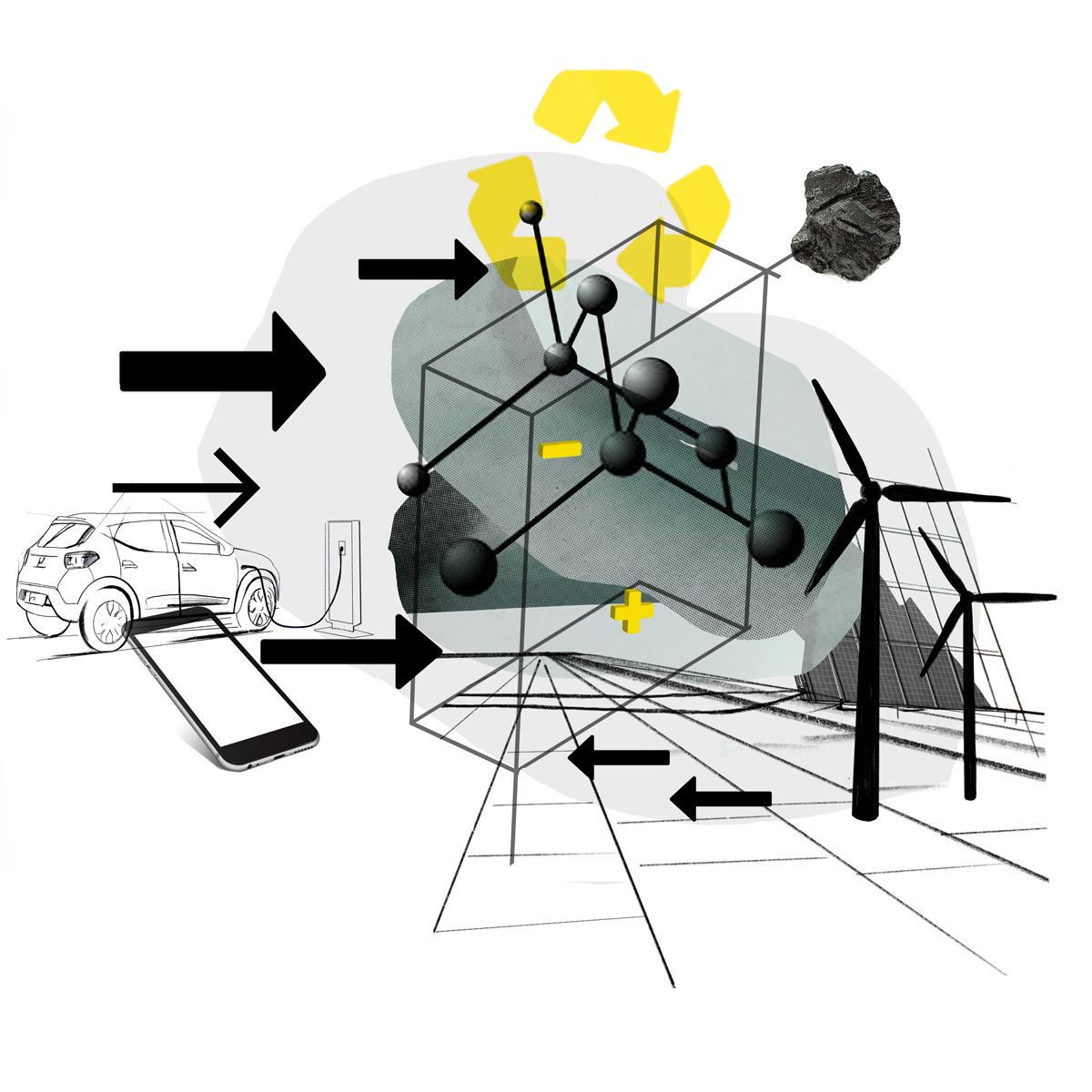

KÄRCHER AND BATTERY TECHNOLOGY:
Four questions for Dr Jan Becker, manager of our Module Center Energy Storage Systems
When did Kärcher first bring battery-powered devices to market?
We have had products with batteries in our portfolio for over 30 years – and they offer all of the usual advantages. We have always asked ourselves where their application makes the most sense for our customers and how to approach the technical challenges.
With the Kärcher Battery Universe, you are now launching two new battery platforms. What was the focus in developing these?
There were several important factors to keep in mind – including increased performance and run time, and an accurate display showing charging time and remaining run time down to the minute. We have 18 V and 36 V batteries available with different capacities. All batteries in a voltage class fit every device.
What products will be available?
In the Home & Garden range, the new battery products have been on the market since spring 2019. The range includes medium-pressure washers, wet and dry vacuums and various gardening tools. Our Professional range will be launched in 2020 and includes wet/dry commercial vacuums, as well as professional tools to maintain green spaces. And we are the first company in the world to launch a battery-powered pressure washer for commercial use.
Lithium-ion batteries will still be around for a while, but the next technologies are already in the starting blocks. What is Kärcher’s response?
Our platforms are designed so that we can easily fit new cell technologies into our interface. That is an important way that we can offer our customers future-proof solutions.


You may also be interested in:
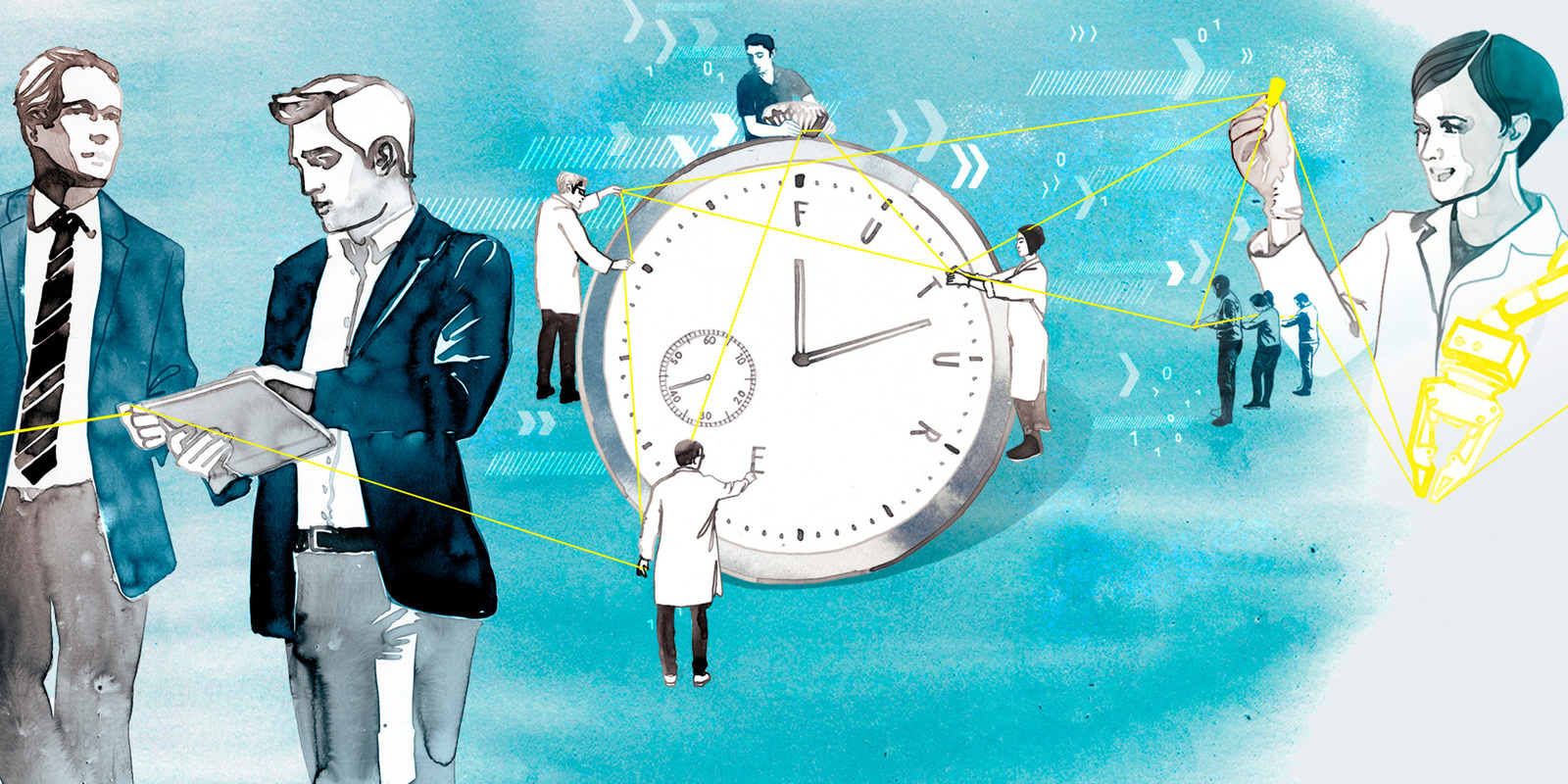
Everything is connected
Digitalization, artificial intelligence and robotics: technology mega trends are driving huge disruption to the world of manufacturing across the planet. Humans, machines and processes are becoming ever more closely interwoven as we strive to improve productivity. Nobody knows exactly where we are heading – but the journey is certainly an exciting one!
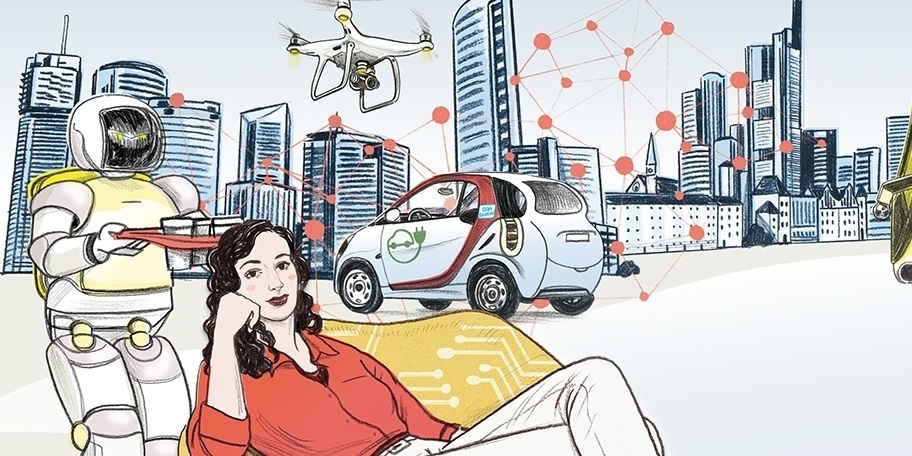
No more cleaning ever again?
Robot vacuum cleaners have long since become a modern-day reality and networked cleaning systems are becoming established in the building service contractor market. But how will it continue? Customers are cost-conscious, and cleaning is not normally something to become emotional about.
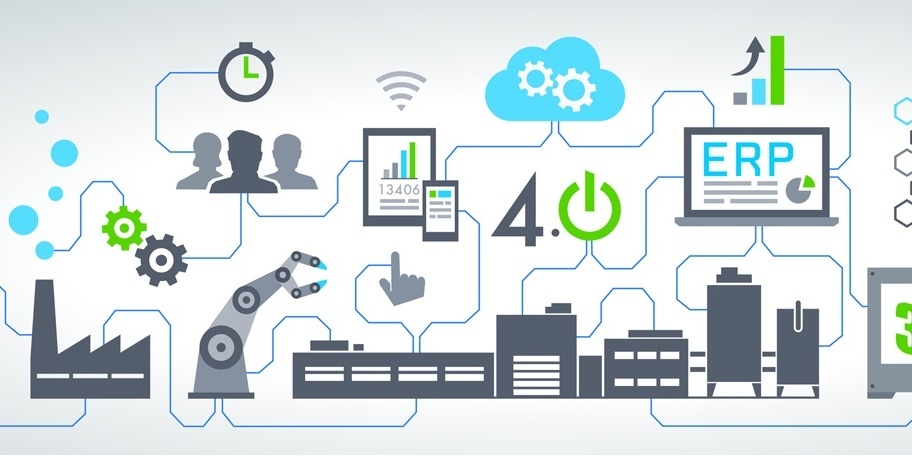
Dawn of the digital manufacturing world
By combining industrial production with modern information and communication technology, new manufacturing concepts are created. Kärcher is confronting these new challenges and is working with an assembly line which employs Industry 4.0 principles.

